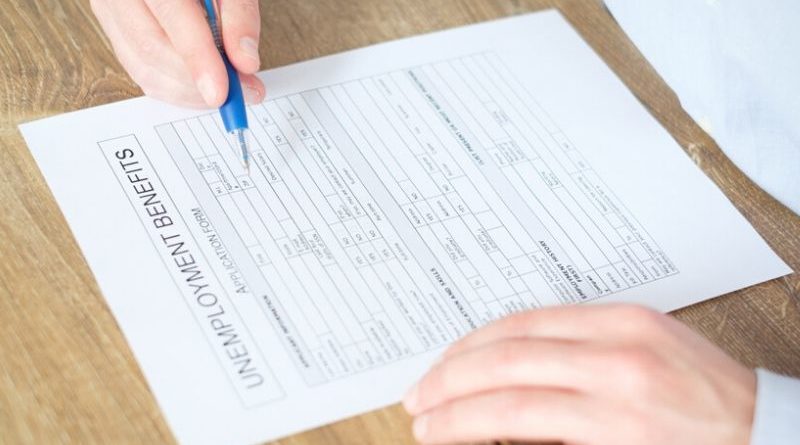How To Get Unemployment Benefits After Losing A Job
2020 has presented quite the change in the landscape of employment in the United States, spiking sharply near the beginning of the year and only recently showing tenuous signs of improvement. With so many out of work, more and more Americans are wondering if and how they can take advantage of temporary resources like unemployment benefits to help themselves get by in the interim.
You might count yourself among them, and if you’ve never had to deal with the loss of a job before, you might also find the situation a bit overwhelming. Read on, and learn about how you should respond and what you should know about seeking unemployment benefits.
First Things First: Process Your Loss
Though you may never have considered it before, losing a job is similar to losing someone close to you, in the fact that it’s natural to experience strong feelings of grief over the ordeal.
You might be wondering what you did to deserve getting terminated. You might be wondering if your termination was legal, and if you should speak with a wrongful termination attorney about any wrongdoing on the part of your employer. With the job market also in a precarious state, you might also be feeling a good deal of uncertainty when it comes to finding future employment.
It’s important to deal with some of these feelings first, so that you can bounce back and act quickly in trying to navigate the unemployment process and, further down the line, find a new job.
Filing For Unemployment
When it comes to filing for unemployment, you’ll want to start by determining whether or not you’re eligible for benefits. Eligibility requirements can vary by state, and will depend on factors like how long you held your job, the circumstances of your job loss (did you quit, were you fired, etc.) You’ll want to check the Department of Labor website for more information on your specific state.
Next, you’ll need to actually file the paperwork, which, in some states, can be done online or by phone. Others, though, you’ll need to head to a physical location to provide your details, and you’ll want to make sure you have relevant documentation like proof of your employment history, Social Security Number, date of termination, etc.
After filing, you’ll need to wait for your state to make a decision about your claim, and be prepared to file an appeal if your initial claim is rejected. Throughout the process, remember to follow your state’s specific instructions as closely as possible to maximize the chances of your claim being accepted, and help you get back on track faster.

